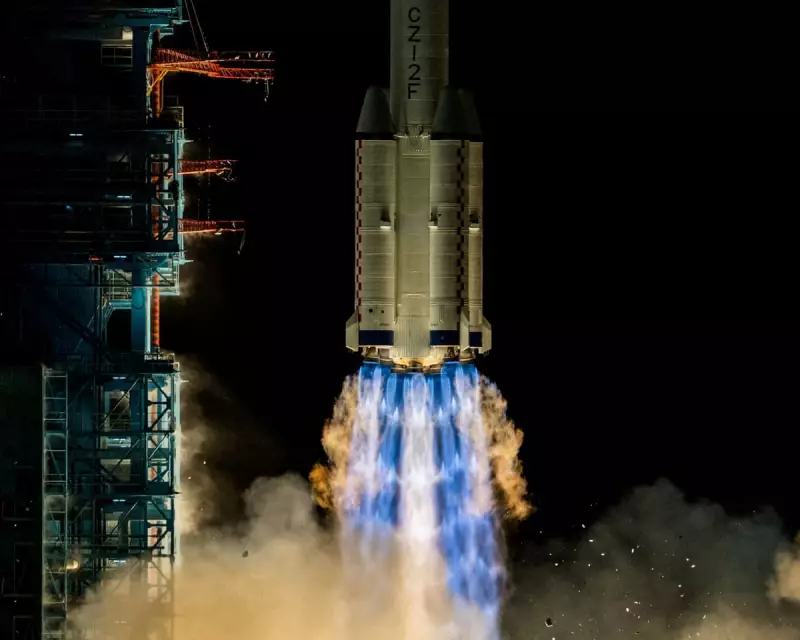
Orbital Emergency Unfolds as Space Junk Threatens Crew
In what space experts are calling a sobering reminder of the growing space debris problem, Chinese astronauts aboard the Tiangong space station face an uncertain return timeline after their Shenzhou-20 spacecraft sustained damage from an orbital collision.
The incident, confirmed by Chinese space authorities, has forced the crew to extend their mission indefinitely while engineers assess the damage and plan a safe return strategy.
The Moment of Impact
According to mission controllers, the collision occurred when a piece of previously untracked space debris struck the orbital module of the Shenzhou-20 spacecraft. While the exact size of the debris remains classified, the impact was significant enough to compromise the module's integrity.
Fortunately, the astronauts were inside the main Tiangong station at the time of impact and reported no injuries. The station itself appears to have escaped damage, maintaining normal life support and operational systems.
Emergency Response in Zero Gravity
Mission control immediately implemented emergency protocols, including:
- Comprehensive damage assessment using station cameras and sensors
- Evaluation of alternative return options
- Coordination with international space tracking networks
- Psychological support for the extended-duration crew
The Growing Space Debris Crisis
This incident highlights the increasingly crowded conditions in low Earth orbit, where thousands of pieces of debris travel at speeds exceeding 17,000 miles per hour. Space agencies worldwide have been warning about this threat for years.
"This is exactly the scenario we've been concerned about," noted Dr. Eleanor Vance, a space security analyst at the Royal Astronomical Society. "As more satellites and stations occupy orbit, the probability of collisions increases exponentially."
What Happens Next?
Chinese space officials have outlined their contingency plan:
- Complete assessment of Shenzhou-20's damage
- Determine if repairs are feasible via spacewalk
- Prepare backup Shenzhou-21 spacecraft for potential rescue mission
- Coordinate with international partners for additional support
The astronauts have sufficient supplies to remain aboard Tiangong for several additional months, providing crucial time for mission planners to ensure their safe return.
International Space Community Responds
NASA, ESA, and Roscosmos have all offered assistance and data sharing, demonstrating how space emergencies transcend geopolitical boundaries. The incident has sparked renewed calls for better debris tracking and removal technologies.
As the world watches, the Tiangong crew continues their scientific work while awaiting further instructions, their unexpected extended stay serving as a powerful reminder of both the wonders and dangers of human space exploration.





